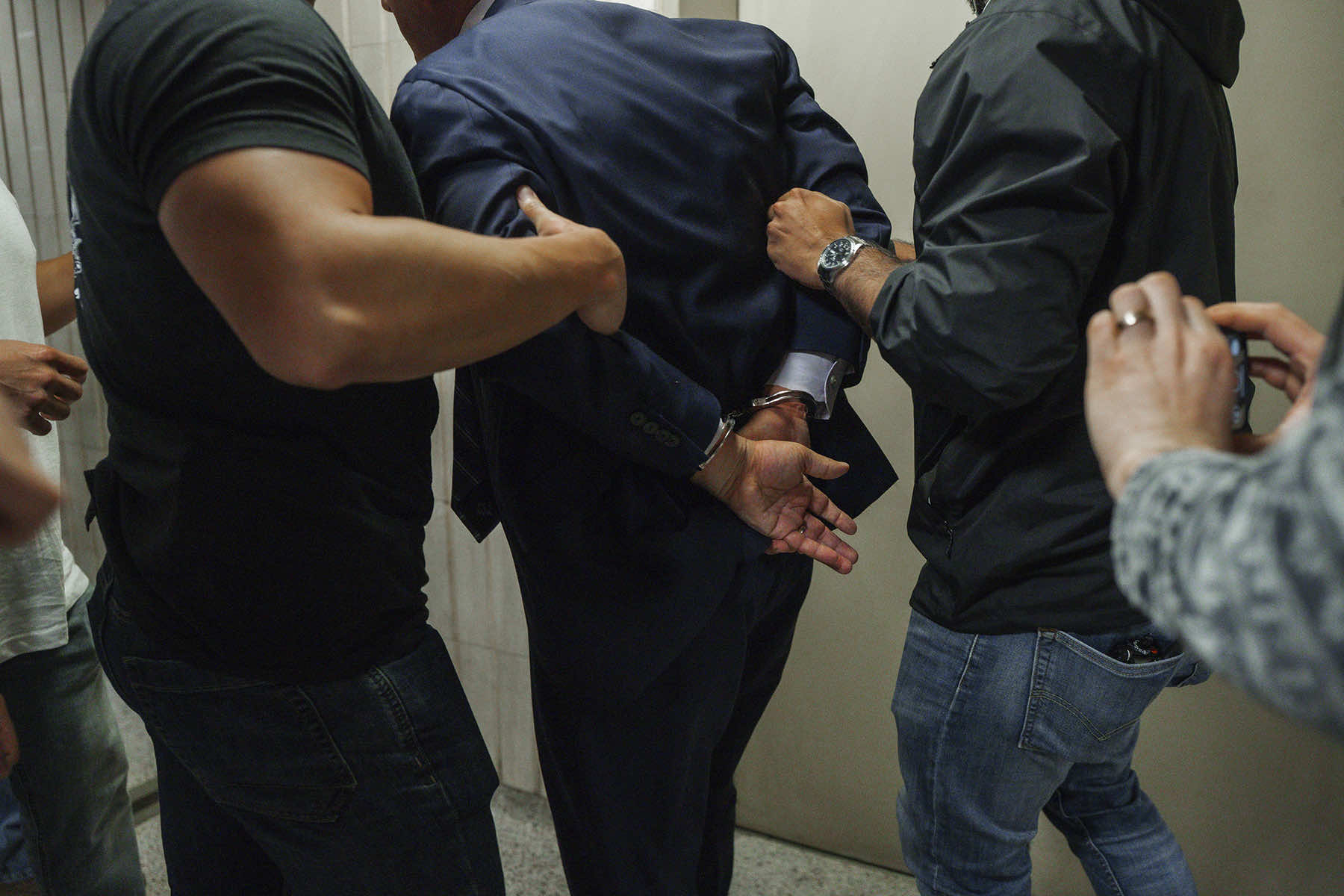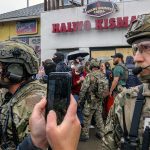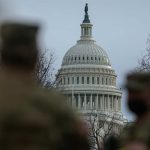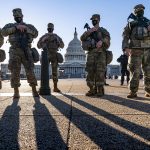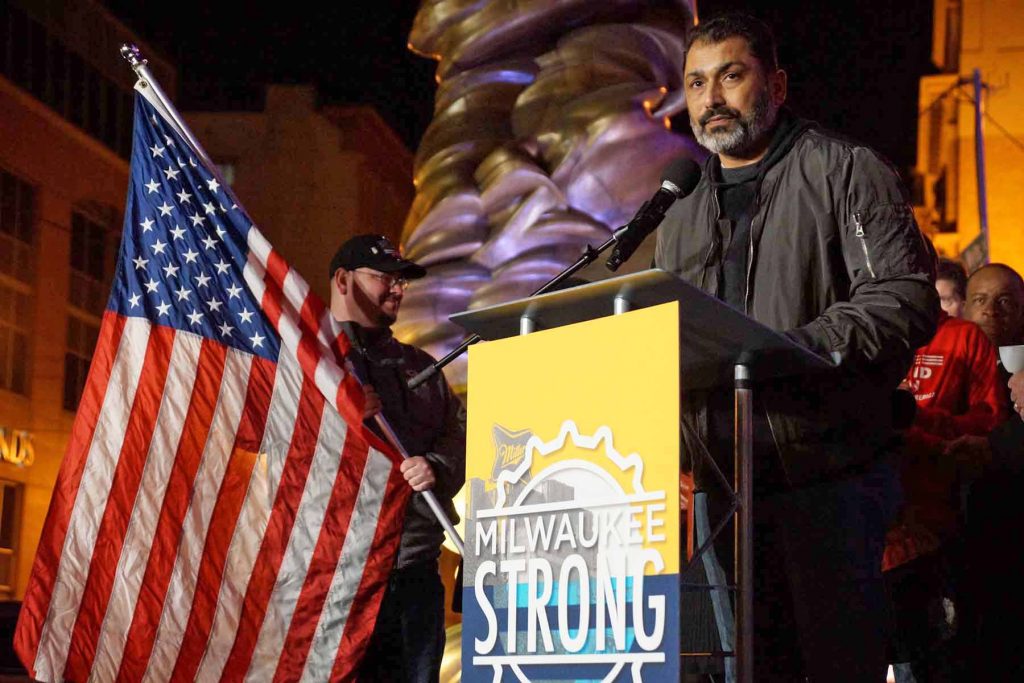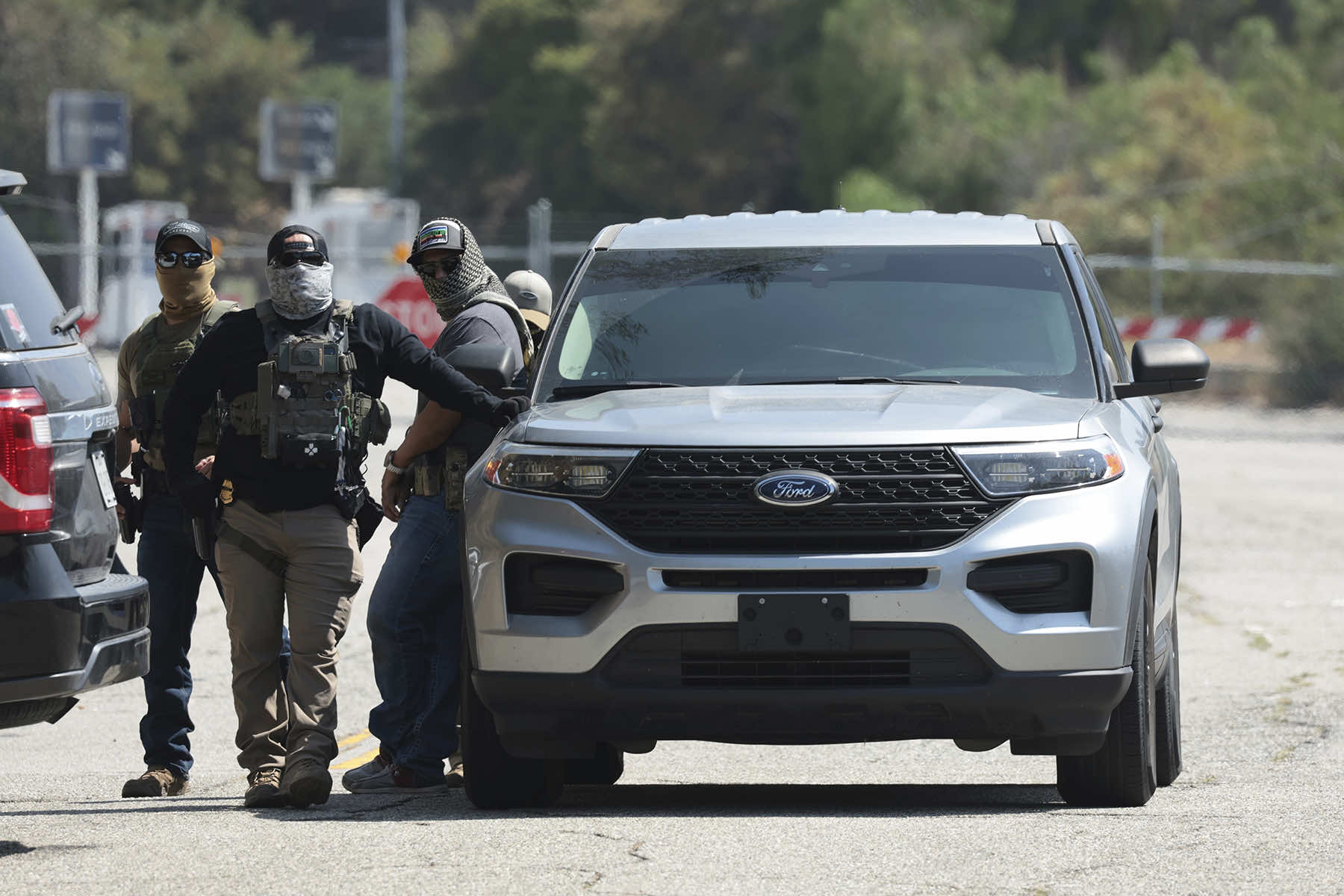
Federal agents in unmarked uniforms, wearing face coverings and offering no visible form of identification, are detaining civilians in American cities under legal justifications that do not withstand constitutional scrutiny.
These operations, increasingly common in urban areas, involve masked men seizing individuals in public without presenting judicial warrants, identifying their agency, or explaining the legal basis for the stop.
While officials cite administrative warrants or unspecified authority, their refusal to identify themselves and failure to follow procedural norms strips these detentions of legitimacy.
In principle, anyone claiming to act under federal authority must be able to prove that authority upon request. But in these incidents, people are taken off the streets by figures who do not display agency insignia, do not present identification, and do not disclose the legal grounds for detainment.
In some cases, they are not in vehicles bearing government markings. The result is a blurring of state authority with unlawful abduction, and the public is left with no immediate way to distinguish official enforcement from impersonation or opportunism.
This tactic has been most commonly associated with immigration enforcement. However, its scope is expanding beyond ICE. Reports indicate that other federal agencies, often operating in coordination or under joint task force umbrellas, are employing similar masked and unidentified agents in street-level operations.
Unlike traditional law enforcement, which is bound by Fourth and Fifth Amendment standards, these agents are acting under the protection of vague mandates and shielded by minimal oversight. The absence of clear identification not only violates due process but also creates legal ambiguity that undermines public safety and accountability.
The legal threshold for detaining an individual in public is not flexible. Under established constitutional law, an officer — federal or otherwise — must have probable cause or a reasonable articulable suspicion to stop someone.
More importantly, that authority must be demonstrable. Without a visible badge, nameplate, or agency ID, there is no verifiable authority for the stop, no procedural basis for compliance, and no legal mechanism for accountability.
If a masked agent without insignia demands that someone comply with an order, that person is not obligated to submit unless a lawful basis is established.
Even more troubling is the growing number of individuals reportedly arrested or detained for merely questioning the legitimacy of these agents. Asking “What agency are you with?” or “May I see your badge?” is not obstruction. It is a constitutional right.
Yet civilians have been threatened, handcuffed, or physically taken away for asserting basic due process protections. In these cases, the agents involved are acting not only outside procedural norms but also potentially in violation of federal law.
Under U.S. Code 18 § 242, it is a crime for any person acting under “Color of Law” to willfully deprive someone of rights protected by the Constitution. This includes unlawful detention, use of force without legal authority, and denial of due process.
The moment an agent refuses to identify themselves or their agency while exercising police powers, their actions begin to fall into this category. If no official documentation, judicial warrant, or cause is presented, then compliance is not only unnecessary — it becomes legally dangerous.
This erosion of clear authority has broader implications. The U.S. government has long warned against impersonation of federal officers, noting that citizens should demand verification from anyone claiming such powers.
Under 18 U.S.C. § 912, impersonating a federal officer is a felony.
Yet by allowing masked agents to operate without public identification, the line between lawful enforcement and impersonation has been deliberately blurred, leaving Americans unable to distinguish between a lawful detention and a criminal abduction.
Federal agents have internal protocols that recommend identifying themselves during operations. But “recommendation” is not a legal safeguard. The refusal to mandate name tags, visible insignia, or identification cards — especially during public detentions — creates an environment where abuse is easy, oversight is absent, and citizens have no immediate path to protect themselves.
When the state authorizes masked individuals to detain others under a cloak of secrecy, it becomes indistinguishable from lawlessness. The public is placed in a position where refusing to follow orders might be seen as noncompliance, yet complying means surrendering rights to an authority that has offered no proof it exists.
This is not a technical lapse. It is a structural failure. It represents a direct conflict with the core principles of constitutional government. Americans are not obligated to submit to such an anonymous force.
They are not required to obey the demands of a masked figure claiming to be an agent of the law. The burden of proof is on the state. Without identification, authority is void. And without accountability, the rule of law collapses into power exercised without permission or restraint.
© Photo
Olga Fedorov (AP) and Myung J. Chun/Los Angeles Times (via AP)

